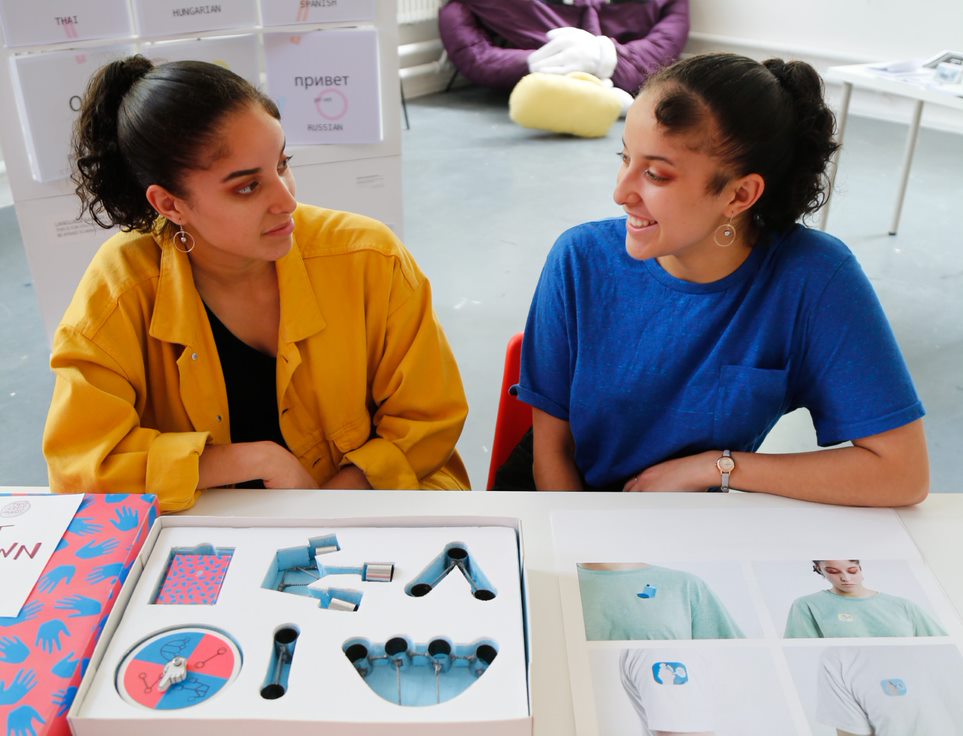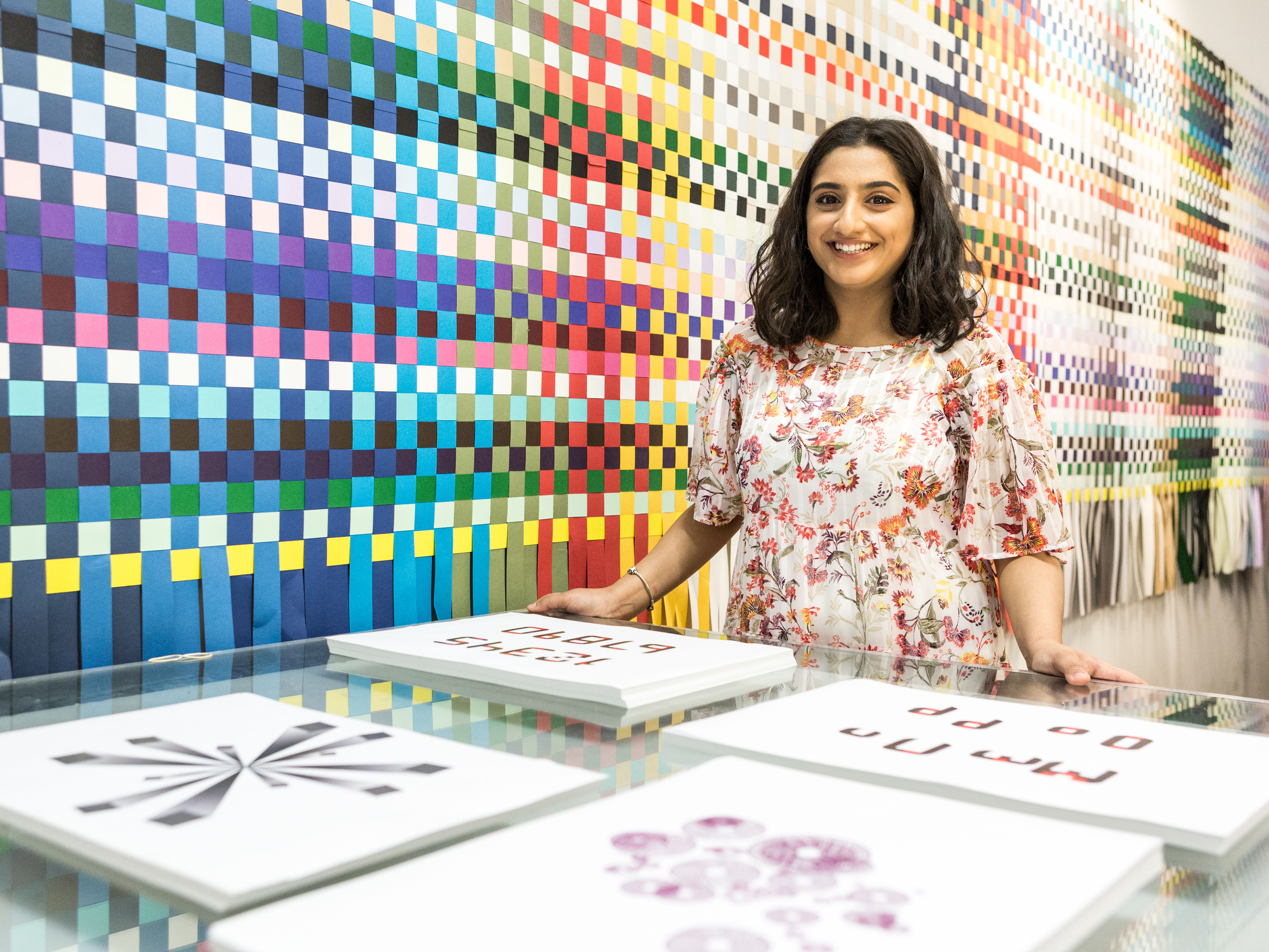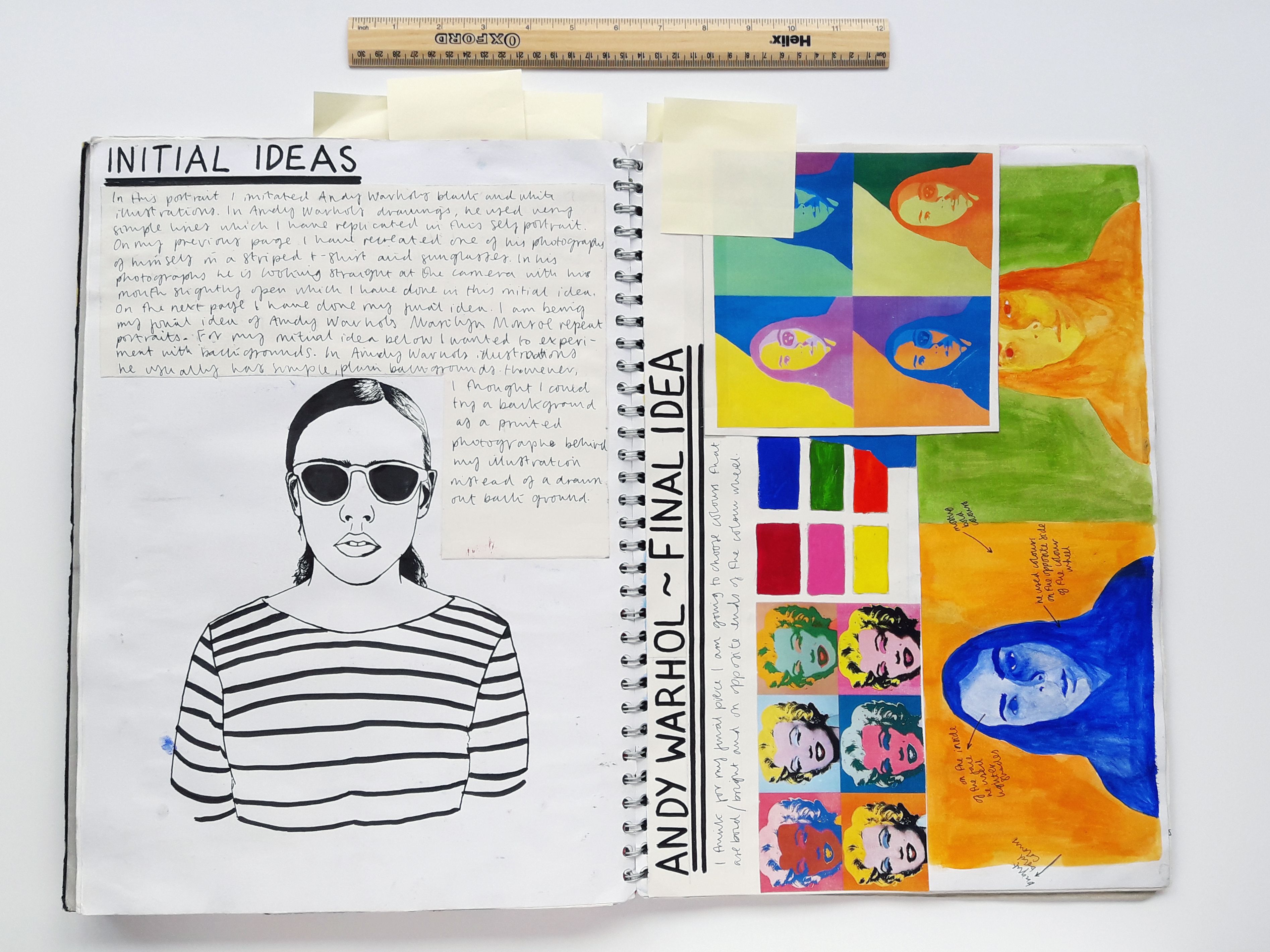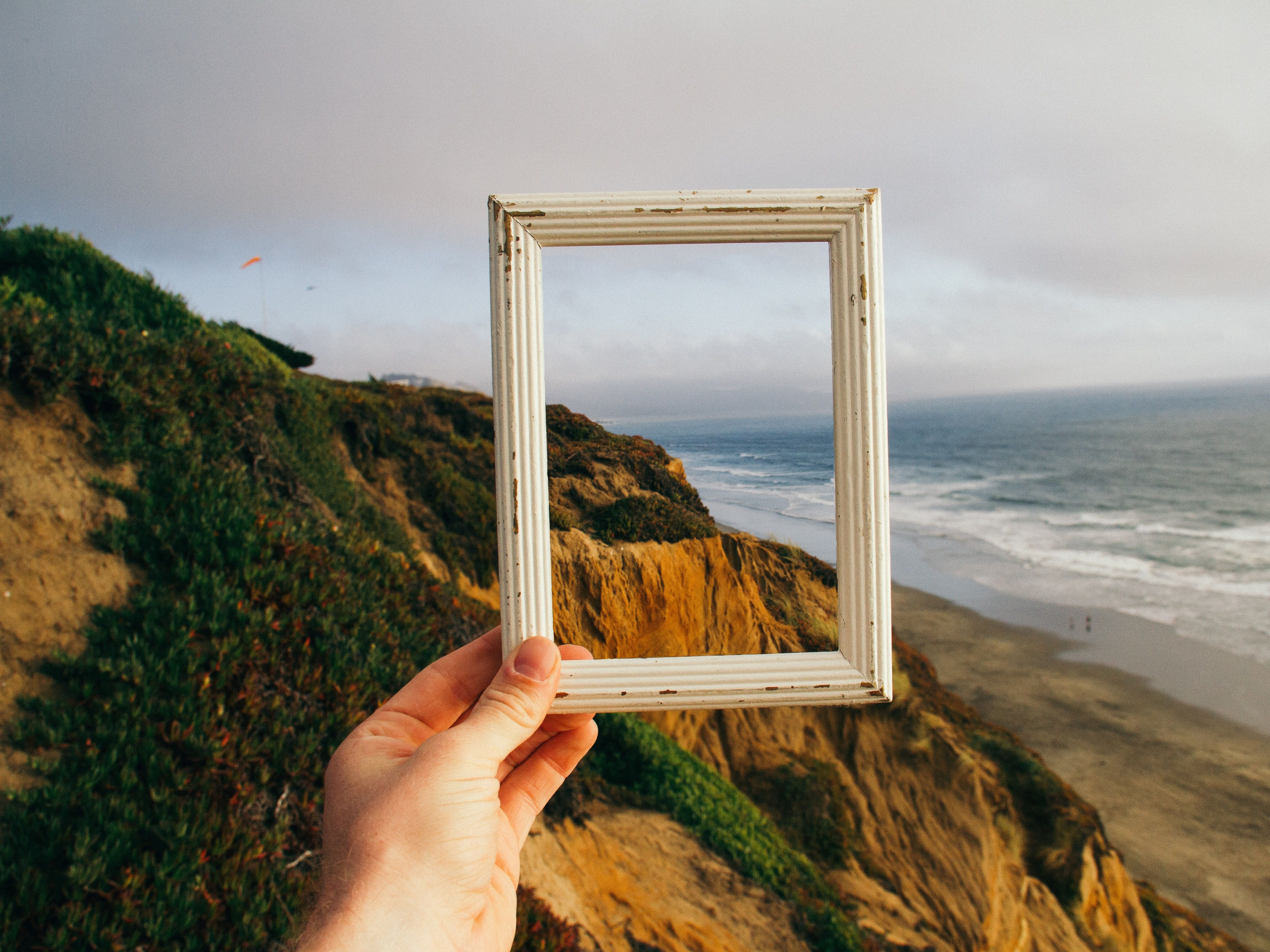About us
Tell us about yourselves.
We are Alisson and Cynthia and we’re 19. We originally grew up in Spain, until we moved to London to study at Dagenham Park School when we were 13. Here is where we both learned that we wanted to pursue our creative careers. We inspire each other every day, by providing feedback on each other’s work or hobbies.
What helped you to decide what to study at uni?
Cynthia: I always knew that I wanted to go to UAL and to do a foundation, so I went to the Insights Summer School and the Spring School. They gave me help with my portfolio and how to apply to uni. I had the chance to experiment with different types of courses, so I could see what I was good at. It was really helpful and friendly.
Alisson: The Insights courses really helped me to literally get an insight into what courses were really attractive to me.

So, you both do graphic design. How did you decide which college to study at? Cynthia, you chose Camberwell College of Arts and Alisson, you chose Central Saint Martins (CSM).
Alisson: We wanted to separate so people could see us as individuals because people always think of us together. But also, I went to both Camberwell and CSM Insights and realised that CSM was more suited to me and Camberwell was more suited to Cynthia. For her, she really wanted to get her head around the subject area; I feel like she’s very good at developing creative ideas and being experimental. Whereas to me, CSM focuses on industry and how to approach a client, which is what I liked. For me it was more about developing more skills.
What’s the biggest truth or myth about studying a foundation course or specialising in graphic design?
Alisson: Definitely the biggest myth is that you don’t do much work. It’s a very hard course, definitely. Even though it’s only three days a week, you never have a break. There’s always a task to do.
Cynthia: Yeah, the biggest myth is that it’s easy, laid-back and you only have to go in a few days. You have to do so much work to actually pass, but it’s really helpful. I thought I was just going to be drawing, but I’ve learnt so many things like screen printing and lino printing. I’ve used a lot of 3D techniques, even soldering. The facilities are open for you to use – you just have to make the most of your time on foundation.
Cynthia: Yeah definitely, I used a lot of 3D actually, 3D and graphic design together. But they give you a brief and you have to experiment with that brief to do whatever you think fits it. You experiment with what you have.

| Photograph: UAL
What do you think you’ve achieved from studying at foundation level?
Alisson: I think what I’ve experienced and learned the most is independence. I used to be really scared of just doing my work without guidance. But I think foundation has really taught me how to pursue and achieve that.
Cynthia: I think it made me more confident on what I had to do. At the beginning, I had an idea that I wanted to do art, but I didn’t know which pathway to go into. In foundation, we have to be really independent and confident with what we do.
You meet great people and it’s all really friendly. You also get to try industry based work, like it’s not like A level work – it really prepares you. I think jumping to the degree would have been too much for me.
Before you started your foundation, you were both thinking about graphic design?
Cynthia: I wanted to do something with 3D. I thought I wanted to do theatre and screen, like prop-making. I did apply for a BA as well, but I did the foundation year because I found undergrad wasn’t for me. I had an idea around graphic design but I didn’t really know what that meant. And when I did a foundation, I really realised what it can be.
My Work
What’s the best thing you’ve done so far?
Cynthia: Definitely my Part Three project which was the longest project (nine weeks). You choose whatever you want to do and you do it. You can make it really personal and really engage with your practice. It teaches you about independence and you have to manage your time a lot, so I think it makes you more professional as well. So that was your ‘Two Left Hands’ project? Yes.
Alisson: I think my Part Three project because part of the unit involved living with two other people from my course over three days. During that time, I wanted to explore the topic of asthma because I had asthma during the trip. It really allowed me not only to develop my skills, but also to address my personal issues. I’m more open to talking about my medical conditions, which I would never had done if I’d not done foundation.
Cynthia: It definitely opens your mind. We did a workshop where we had to draw random things. Some people on my course can’t really draw but it was about the idea behind the work. So, it really opens your mind on what you can achieve with what you know and what you can learn.

| Photograph: UAL
What do you think makes you a good designer?
Alisson: I’m open to learning things, I think I’m quite imaginative because if I see a problem, then I want to realise different ways to solve it and not be closed-minded. Being open to feedback and criticism is the most important thing, that’s your audience.
Cynthia: Yeah, I think being open to whatever people say. If you have a client and you do something they don’t like, you’ll have to redo it. But I think what is really good about this attitude is to really think about what your work is communicating. Like your work doesn’t have to look perfect as long as the message comes through clearly to whatever audience you have. So, it’s really focusing on your audience and your message.
Any top tips?
Alisson: If you are ever stuck, talk to a tutor or a peer rather than keeping it to yourself. If you look at your work too much you’ll never see what you can improve. But with a different view you can improve it.
Even though the courses are from the same university, Camberwell and CSM are really different. It will be really helpful to try the Insights workshops from both colleges because the way they do things is completely different. From my experience, when I went to Camberwell it was all about drawing and trying materials, but at CSM it was more about idea generation.
Cynthia: I think if there’s any doubt in your mind about what you want to do then do the Insights workshops and a foundation course. You don’t want to go into a degree and not like it – we almost didn’t do a foundation because everyone was telling us that the word foundation means not being good enough for degree. Doing a foundation only strengthens your skills more. It’s not a step back.




